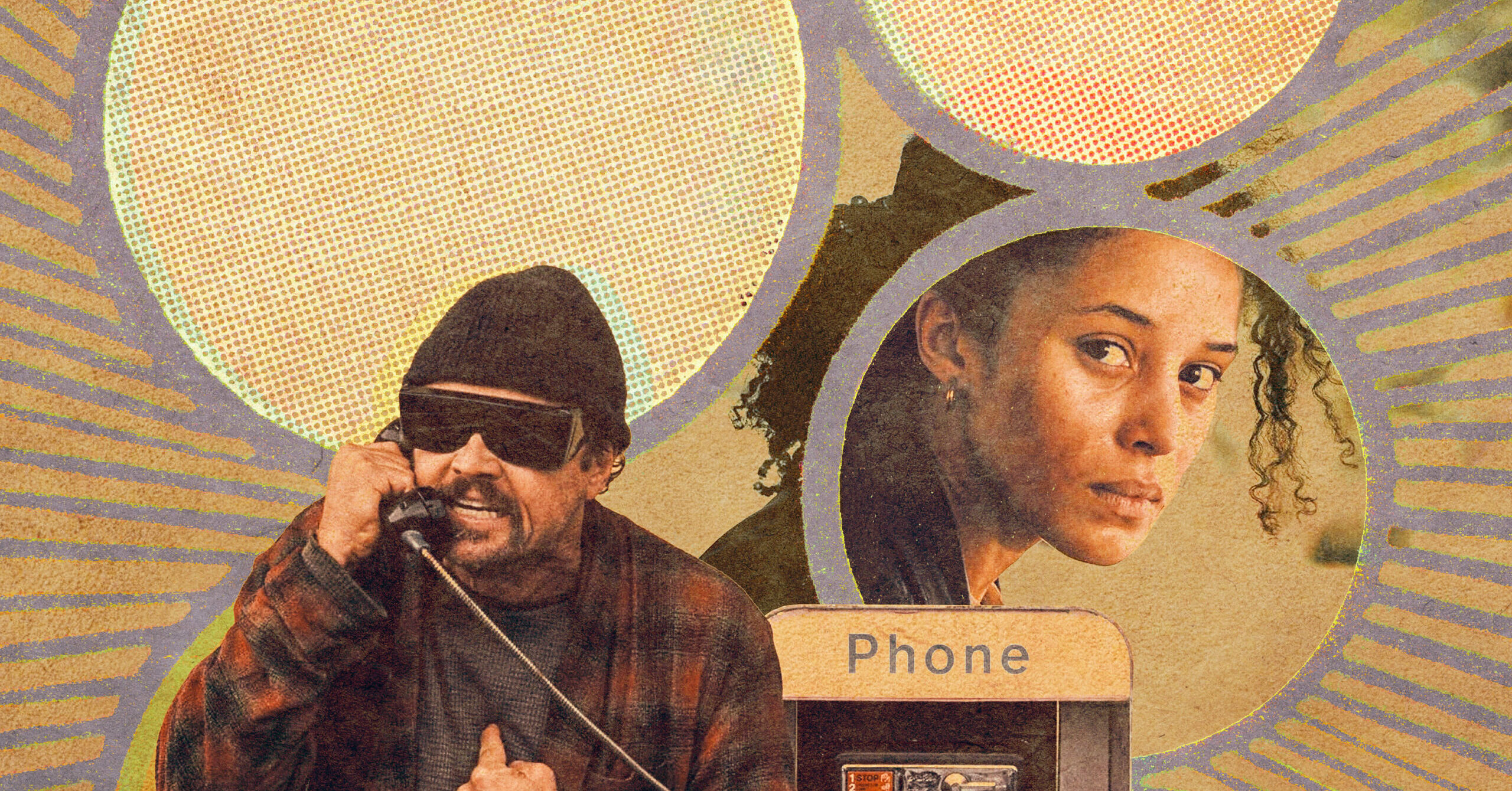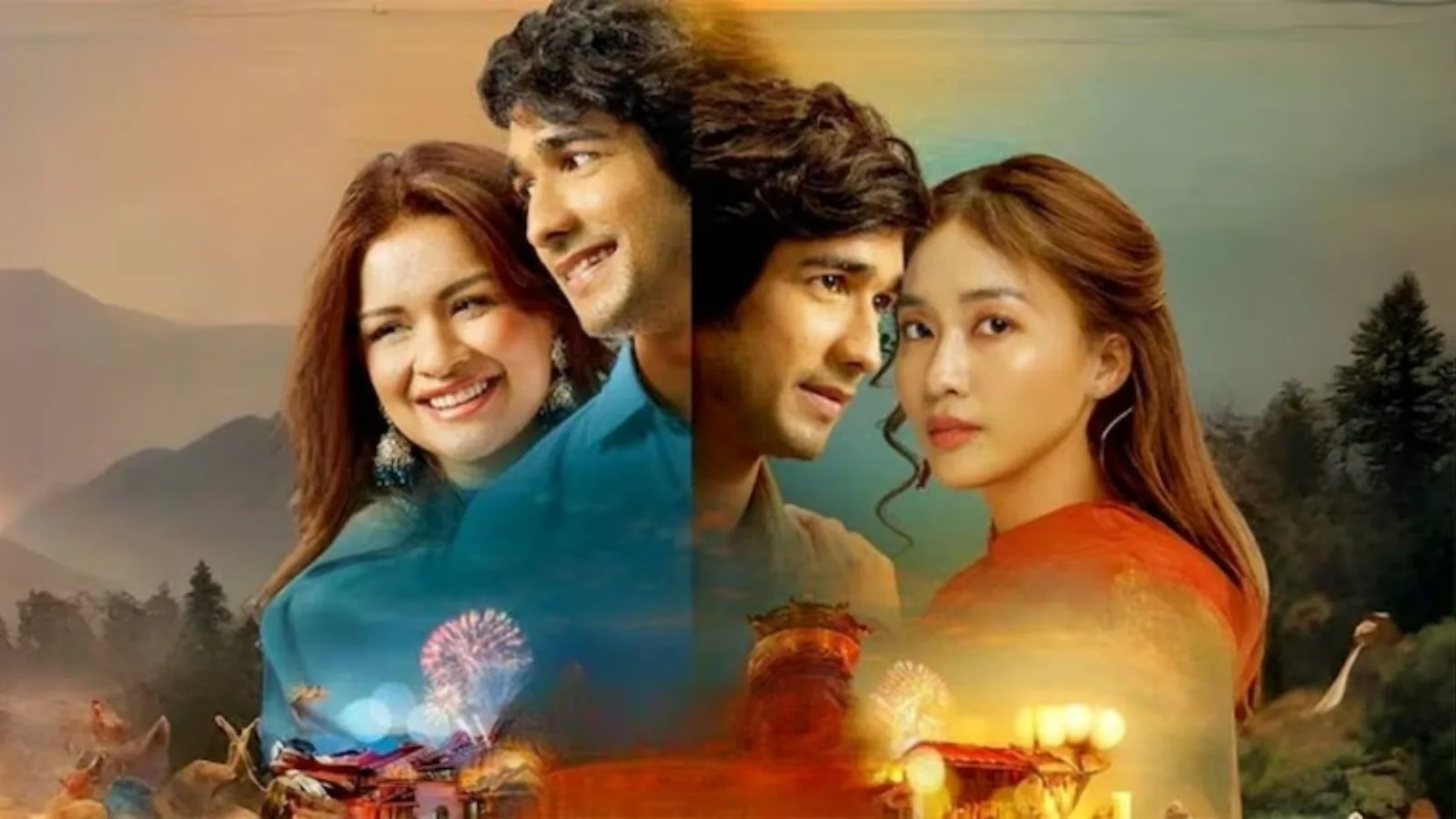
At long last, Paul Thomas Anderson has made a bona fide popcorn movie. That, at any rate, is how many are talking about the writer-director’s latest epic of passion and conflict, One Battle After Another, which emerged this weekend into a modern America disturbingly similar to the authoritarian one it depicts. “An electrifying, thoughtful blockbuster,” gushed The Atlantic, while Tim Grierson of Screen International declared it Anderson’s “most purely entertaining vehicle.” Scan the growing mound of effusive reactions on Letterboxd, and you’ll find inviting promises of something uncharacteristically “accessible” and even “conventionally thrilling.” Beyond the near-universal sentiment that this is a major movie, possibly the year’s finest so far, an early consensus has formed around One Battle After Another: The master who gave us The Master has gone mainstream on his own cracked terms, and in typically dazzling style.
There’s little disputing that the movie, a years- and genre-spanning portrait of an ex-revolutionary drawn back into his old life by a fascistic political and romantic rival, amounts to Anderson’s biggest vision. (Budgetarily, anyway: His oil-baron opus, There Will Be Blood, realized an arguably grander ambition on a quarter of the $130-plus million Warner Bros. surprisingly bestowed upon this riskily topical project.) And PTA has spent those Hollywood-tentpole resources on material with an undeniably commercial appeal: There are gunfights and explosions and an exciting car chase (albeit one filmed, astonishingly, like a highway hypnosis reverie, the road expanding and contracting into hills and valleys and pockets of perilous mirage). The comedy, meanwhile, veers rather broadly, from a brilliant stoner-mishap episode involving a forgotten passcode to a villainous cabal of white supremacists that might have been pulled straight out of South Park (at least in name, the revelation of which arguably counts as the goofiest gag in a movie with a few of them).
The thing is, Anderson has always had a crowd-pleasing side. To position Battle as a fun outlier in a career of oddball triumphs is to deny the pleasure high of PTA’s big breakthrough, Boogie Nights, easily still his funniest film—and sorry, Tim, probably still his most purely entertaining. Yes, Anderson’s work can be esoteric (The Master is a Rorschach test we’ll never fully unpack), but this is also a guy who giddily ginned up his own (admittedly eccentric) variation on the most lowbrow of multiplex prospects: the Adam Sandler vehicle. And there’s nothing particularly difficult about his last film, the episodic Licorice Pizza, unless the mere thought of a teenage boy crushing hard on an older woman sends you straight to the fainting couch.
From its wild tonal shifts to its typically atonal Jonny Greenwood score to an early sight gag involving a huge boner, One Battle After Another isn’t much less weird than most of Anderson’s other films. Maybe what’s earning it the instant reputation of a mainstream swerve—the Paul Thomas Anderson movie for the masses—is that its more populist qualities kind of sneak up on you. For a while, One Battle After Another actually looks like one of Anderson’s most unconventional films, until the conventional elements slowly emerge and take precedence. As it turns out, that movement—a long pivot from radical to traditional—is partially what the film is about.
The opening stretch of Battle is relentless and disorienting, all action and reaction. Anderson drops us, without prelude or ceremony or explanation, into the countercultural exploits of a revolutionary cell called the French 75, waging war on a police state that looks conspicuously like our own (maybe because it essentially is; these scenes are set sometime around the present day). The movie wastes no time introducing its dramatic center: Leonardo DiCaprio’s demolition expert, Bob Ferguson, who hooks up with the group’s defiant leader, Perfidia Beverly Hills (Teyana Taylor), becoming her lover and right-hand man and, eventually, the “father” of her child. It turns out, biologically at least, that’s actually the film’s antagonist, the grotesque, buzz-cut military cartoon Colonel Lockjaw (Sean Penn), who covets and coerces Perfidia (“I love Black women,” he snarls with lust), even as he dreams of becoming a cog in the machine of a white nationalist empire.
These two men will become the diametrically opposed forces of Battle—mirrored father figures on different sides of the ideological divide, fascist and anti-fascist, fighting for the future of the country (embodied, eventually, by the teenage girl either of them might have fathered with Perfidia). But Anderson doesn’t totally foreground that from the onset. His extended opening act unfolds in something like an unbroken montage, racing through years of plot, packing enough action for a different three-hour drama into maybe a half hour of breathless running time. Like its radical characters, whose politics are never clarified much beyond “forcefully anti-fascist,” the movie keeps pushing forward. For a while, we’re just being yanked from one miniature set piece or arresting image to the next—a vision of authority and resistance very much in tune with the time and place in which it’s set. Which is to say, here and now.
It takes a while to realize that we’re essentially watching a very long prologue. It’s only when the movie slows down and the action settles into a near future, some 16 years after the events of those opening minutes, that you realize the story Anderson intends to tell: a seriocomic chase picture, as Leo’s burnout radical comes out of hiding to try to rescue his daughter, Willa (Chase Infiniti), from the clutches of his old adversary. After covering Bob’s glory days in breathless movement, Anderson pares his film down to its core relationships, a triangle of love and hate.
I’ll confess to feeling a slight twinge of disappointment when Battle revealed what it was. It’s not that Anderson totally abandons the momentum of that kaleidoscopic opening passage; even when the movie’s pace slows, it still scrambles with madcap abandon. But it does start functioning from here like, well, a more “conventionally thrilling” film—that is, the unexpectedly mainstream entertainment so many are admiringly describing. But is that actually preferable to the thrilling super-cut of the early scenes, a disorienting broadcast from the front lines of our antagonistic present?
Therein lies the sneaky resonance of the movie: It is, on a rather fundamental level, about settling down. DiCaprio’s Bob, when we meet him again, has aged out of the revolution. He’s a burned-out fugitive lying low— his ideals softened by a second life lived off the grid—and a paranoid grouch, distrustful of his daughter’s generation. Like a lot of men, he’s grown a little more conservative with time. And, in a way, so has the movie. Not politically: Anderson remains steadfast in his blunt message—namely, that we have to face these authoritarian bastards with all the fight that we have. But maybe narratively. What starts as an aggressively fragmented act of storytelling becomes a recognizable genre picture, putting the good guy in pursuit of the bad guy for two explosive hours.
You could say that the very structure of One Battle After Another mirrors Bob’s journey. What they have in common is a shift in priorities. Fatherhood can do that, can’t it? Bob’s commitment to the movement falters after his daughter is born because she becomes his primary responsibility, the thing that matters to him most. The world around him contracts in turn, and the movie follows suit: Where Battle initially plunged us into a larger revolutionary clash (complete with supporting characters dispatched as quickly as they’re introduced), it narrows its focus to a battle with personal stakes.
Maybe that arc resonates with Anderson. After all, he has also settled down over the years—personally, as a father of four, but also as a filmmaker. There was a coke-binge energy to his early milestones—the Scorsesean highs and lows of Boogie Nights, the endless dollying and distracted ensemble shuffling of Magnolia. His work has become more refined, less caffeinated, confidently itself. Like Bob, Anderson is no longer a young man, brimming with adrenaline, eager to prove himself. His priorities have shifted. One Battle After Another plays, perhaps most rewardingly, as the work of an artist taking stock of how our sense of what’s important shifts over the years—but also how the passion of youth still simmers within, ready to be reignited, redirected, or passed like a torch to a new generation.
In the end, Anderson privileges the personal over the political. Or maybe he just finds the latter in the former; the two are not mutually exclusive. Either way, it’s the way he foregrounds his characters—their loyalties, their passions, their grudges—that could really endear Battle to the large audience some believe he’s courting with this nervy mishmash of ideas. What looks initially like a state-of-the-nation address becomes something more broadly, dramatically satisfying, and maybe more cathartic. Is this his bid for multiplex glory? If so, pray it’s successful. More mainstream swerves could stand to be this idiosyncratic and this engaged with the battles happening beyond the walls of the auditorium.



